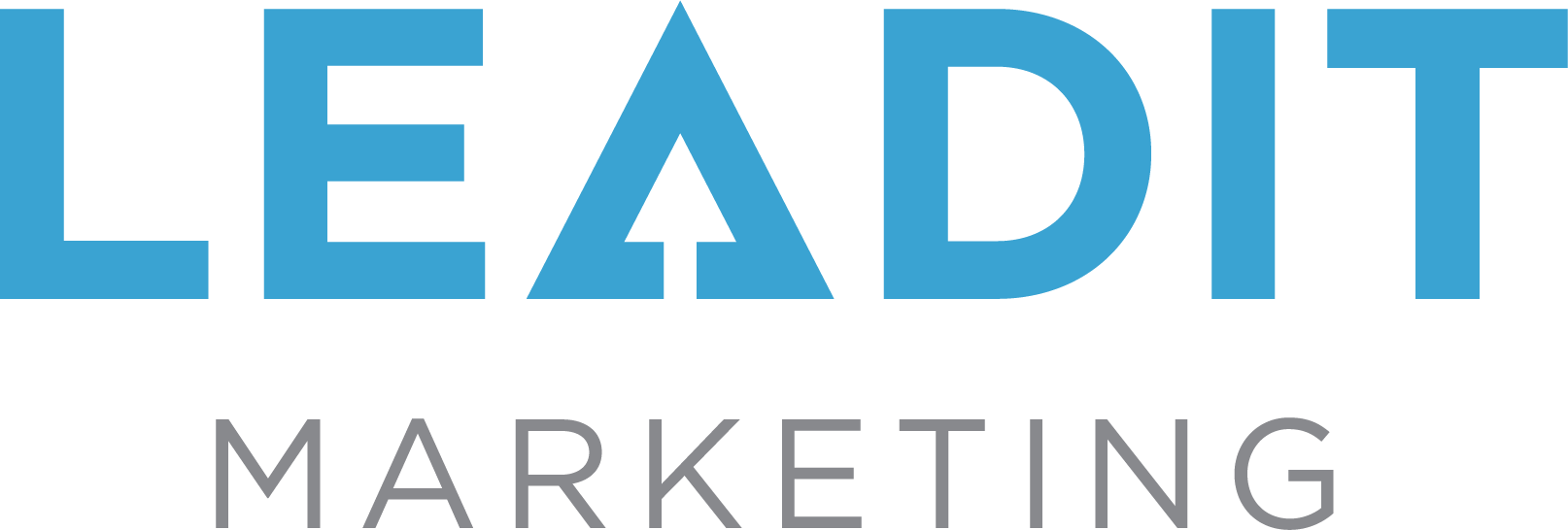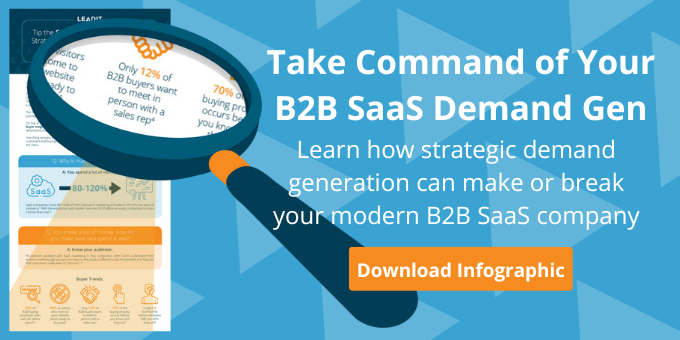Widen Top of Funnel Marketing and Generate More MQLs
Guest Blogger Contribution by Brain P. Hession, President and Founder of Oceanos
As marketers, we are in constant pursuit of an increase in the number of marketing qualified leads (MQLs). We understand that it starts with a strong top of funnel. The programs we initiate need to produce leads from an audience that can be nurtured into a pool of viable MQLs. If not, conversion rates suffer and, more importantly, we waste resources on misguided opportunities. In response, we have embraced account-based marketing (ABM) as a means to ensure investments are aligned to the optimal audience.
The account-based model is focused on simply generating leads and revenue from a pre-defined company list. Like most, you’re working with limited budget, so what can you do to widen the funnel to capture more leads? I’d like to share five tips that, in combination, will help establish sustainable marketing-attributed revenue.
Expand Your Audience Definition
The audience definition serves as the blueprint for your account-based marketing. Where it sometimes goes awry is when the definition is designed to be too restrictive. This narrows the top of funnel and suffocates lead flow. Let’s examine the composition of the audience definition and provide suggestions to negate this risk. The first part of the definition aligns to the company characteristics, such as company size and industry. This is the standard approach, but keep in mind that firmographic data is sometimes incomplete or inaccurate, especially among private companies. Another means to identify named accounts is with predictive analytics. In this case, multiple internal and external data points are analyzed and accounts are scored and ranked/ordered. Whether you use one or both approaches in tandem, there is a tendency to be too targeted and inadvertently to miss good prospects.
Tip #1: Recognize the limitations of firmographic data and consider modifying the criteria to avoid overlooking viable prospects. This can be as simple as an “or statement” between employee size and revenue (revenue $100M+ or employee size 500+).
Tip #2: Leverage buyer intent data to identify incremental accounts or to accelerate leads already in the pipeline. To get started, you can leverage data intelligence firms with an expertise in analyzing billions of web interactions, some of which are even able to do so on a daily basis. These organizations can also sift through this data to identify companies that are engaging content related to a set of PPC or SEO key words. Research shows that when it comes to lead scoring, a healthy representation of what companies prioritize in their targeting efforts, Best-in-Class companies maintain a deliberate balance between such firmographic profile data, and more behavioral content consumption data.
Tip #3: Review the account list with your sales team and empower them to make additions to the master account list.
The second part of the audience definition outlines the targets/people you wish to reach within each named account. Marketers tend to define target contacts based on a combination of job titles and personas. It’s important to think “buying committee” and invest the time to build profiles for various stakeholders, such as decision makers, influencers, and end-users.
Tip #4: When defining the target audience, consider how your prospects present themselves on social media. For example, the “skills” or “groups” highlighted on their LinkedIn profile contains actionable intelligence that can be leveraged within your contact discovery strategy.
Reach More of Your Addressable Market
Take Inventory of Your Contacts
With the audience definition complete, it’s time to get a handle on how your database measures up. Run a contact gap analysis which compares your contact records with those available within the known contact universe. This process will help you understand what percent of your database currently aligns to the audience definition. What’s more, data governance can be a key enabler of this process as business intelligence research shows that governed marketing departments are 104% more apt to achieve a single view of customers and prospects compared to their peers (57% vs. 28%).
Tip #5: Run a Contact Gap Analysis to understand the contacts you have and the ones missing at each account.
Implement a Strategic Contact Discovery Plan
With tight budgets and resources, it’s important to source the most valuable contacts first. To accomplish this, you need to diversify your search to include multiple databases, along with web and social media discovery. If you restrict your search to a couple of databases, you will limit your chances of finding the ideal contacts. With your data in constant flux from inbound activities and aging data (3% goes bad each month), re-run the gap analysis periodically to understand the current database condition. The updated report ensures that efforts are continually aimed at closing the most important gaps first.
Tip #6: Implement a continual contact discovery strategy to identify the most valuable contacts first at each account.
Summary
With ever-increasing pressure to hit your numbers, there is a natural tendency to align resources to the ideal audience. As marketers, we are bombarded with the notion that “spray and pray” is dead. I’m certainly not advocating this approach, but seeking to reach your target market dead-on doesn’t recognize the complexity of today’s selling environment. Nor does it consider potential negative ramifications such as audience fatigue and increasing opt-outs.
When defining your named accounts, think beyond firmographics to include directional data such as buyer intent, venture funding, new construction, growth rates, etc. This is an opportunity to be creative and to leverage the immense amount of data to which we all have access.
Before you source contact names, invest the time to understand the composition of your buying committee and how each stakeholder defines their roles, responsibilities, and skills. Run a contact gap analysis to gain insight into the contacts you have and the ones missing at each account. Then leverage this intelligence to structure a contact discovery approach aimed at procuring the most important contacts first. Finally, recognize that your database is in constant flux and contact discovery is a continual process.
In tandem, these five tips will help you widen the top of your funnel. You will expose your hard-earned content to a larger audience and generate incremental leads. Recognize that while this approach requires more work, in the end you will establish a stronger and more sustainable demand creation engine.

Brian P. Hession is the President and Founder of Oceanos, a marketing technology company that designs data management strategies and solutions. As a thought leader and innovator, Brian helps companies improve their demand generation and drive revenue. You can follow him on Twitter via:@brianhession











